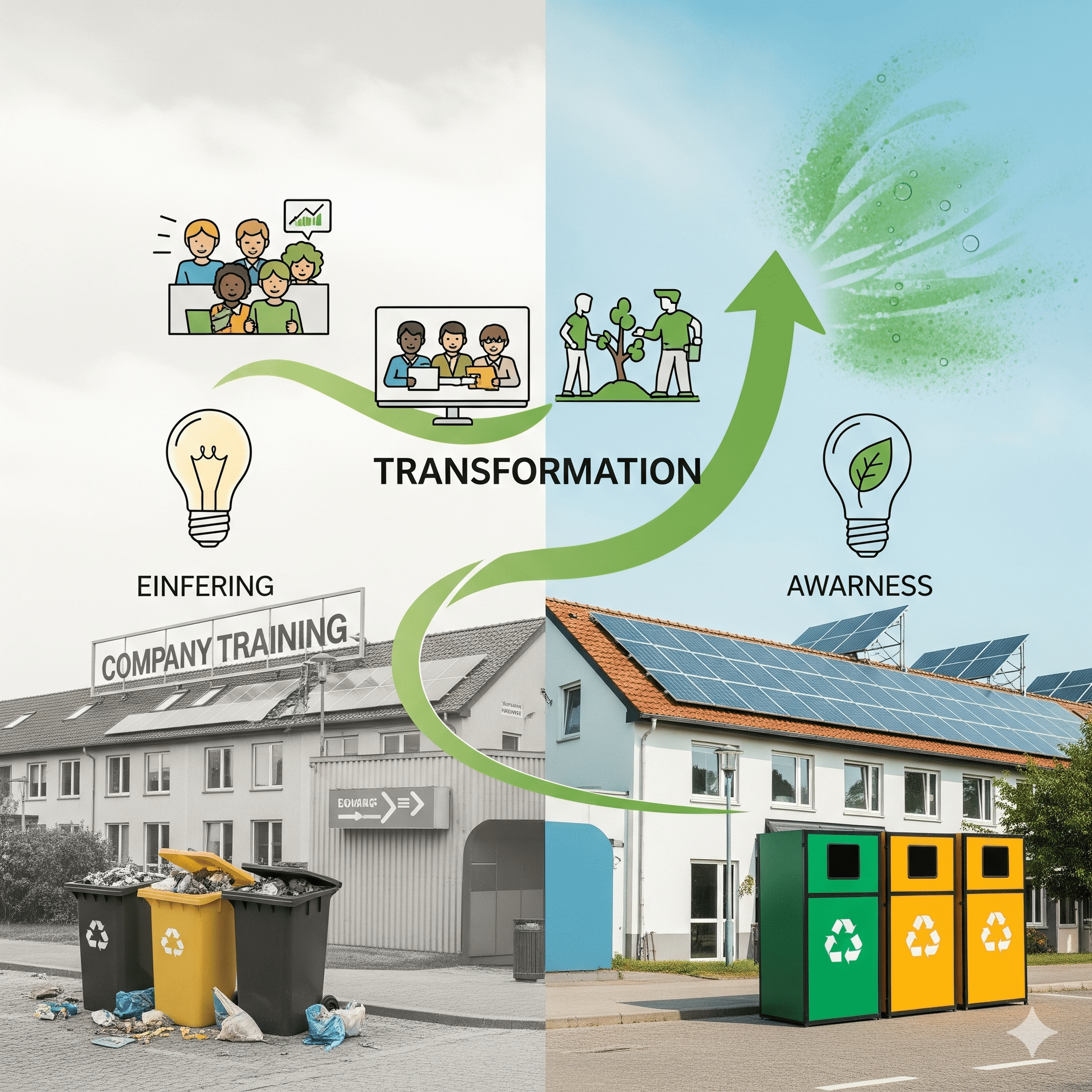
In today’s business landscape, organizations are under increasing pressure to operate responsibly while balancing profitability, compliance, and sustainability. Many companies focus heavily on implementing systems, investing in technology, or pursuing certifications, yet they often overlook one of the most transformative factors in achieving true environmental performance: awareness.
Environmental awareness is more than knowledge. It is about shaping how individuals think, act, and respond to the world around them. When employees and leaders alike understand the environmental impact of their daily decisions, behaviors shift, and performance outcomes follow. This is where environmental training becomes a powerful tool, not just for compliance, but for building a culture of accountability and sustainability.
Awareness as the Foundation of Change
Change begins with awareness. Employees cannot manage what they do not understand. Training bridges this gap by highlighting the real-world consequences of everyday actions such as waste disposal, energy use, or material handling. Without awareness, staff may treat environmental regulations as paperwork, whereas with awareness, they begin to see how waste reduction, pollution prevention, and resource efficiency tie directly to organizational success.
Awareness creates the foundation upon which behavior change is built. By raising consciousness about environmental issues, employees are more likely to adopt practices that not only protect the environment but also enhance operational efficiency. This transformation happens not through force, but through clarity and understanding.
From Knowledge to Behavior Change
Environmental training does more than deliver facts. It reshapes attitudes and influences choices. When employees internalize the reasons behind sustainability practices, they naturally become advocates rather than reluctant participants. Awareness progresses to understanding, understanding develops into responsibility, and responsibility leads to action.
For example, workers who learn how much energy can be saved by shutting down idle equipment are more likely to practice it consistently. Similarly, employees who recognize the risks of improper chemical storage are less likely to take shortcuts. Over time, this awareness leads to a workforce that values environmental protection as part of their professional identity.
Linking Awareness to Organizational Performance
Organizations that invest in environmental training see tangible benefits. Beyond meeting compliance requirements, they notice improvements in efficiency, cost savings, and brand reputation. A culture of awareness reduces the likelihood of accidents, fines, and environmental incidents while improving relationships with regulators, stakeholders, and the wider community.
Energy efficient behaviors lower utility costs and reduce waste. Waste minimization cuts disposal fees and decreases the need for excess raw materials. Employees empowered with awareness contribute innovative ideas for continuous improvement. Strong environmental performance strengthens customer trust and improves market competitiveness.
The link is clear. Organizations that cultivate awareness achieve higher performance because they are not merely reacting to problems but proactively preventing them.
Building a Culture of Environmental Awareness
While a single training session may spark interest, lasting transformation requires consistency. Organizations must embed environmental awareness into their culture, making it part of onboarding, toolbox talks, team meetings, and leadership communication. Leaders, in particular, play a vital role. When management demonstrates commitment through visible actions, employees are more likely to follow suit.
Practical steps to build this culture include providing regular and role-specific training that connects environmental issues to everyday tasks, encouraging employee-led initiatives such as recycling campaigns or energy-saving challenges, recognizing and rewarding teams that demonstrate outstanding environmental performance, and communicating results and progress so employees can see the impact of their efforts.
Through these actions, organizations not only comply with regulations but also inspire pride and ownership among their workforce.
Conclusion: Awareness as the Key to Transformation
Environmental performance is not achieved solely through technology or compliance. It is rooted in the choices people make daily. Environmental training empowers employees with the awareness to make responsible decisions, leading to positive behavior change and, ultimately, organizational transformation.
Companies that recognize the power of awareness gain more than compliance. They gain resilience, efficiency, and a competitive edge. Awareness is not just about knowing. It is about seeing, acting, and transforming.
 Athenatus Ricky
Athenatus Ricky